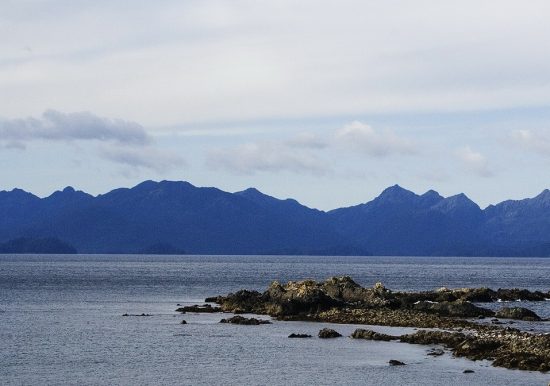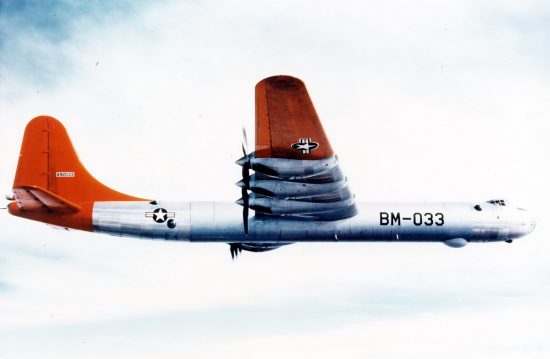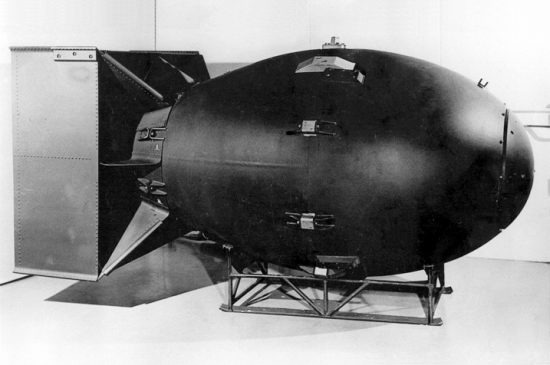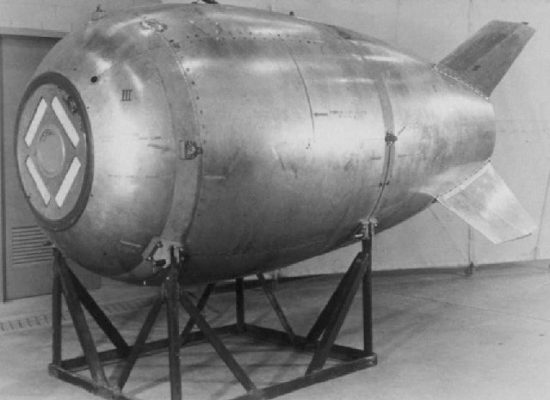





Broken Arrow near British Columbia coast?
A ship of the Royal Canadian Navy will leave on a special mission. The
personnel on board are tasked with the inspection and recovery of an
atomic bomb which was lost on 13 February 1950 when a US long-range
bomber dropped it off the coast of British Columbia, Canada.
For decades, speculation was rife about the fate of the bomb. The “Fat
Boy” or “Fat Man”, as it is commonly known, refers to the bomb that was
dropped on Hiroshima and Nagasaki in the last months of the Second
World War.
The story of how it surfaced after more than 66 years involves a sports
diver called Sean Smyrichinsky coming across the spectacular discovery
during a routine dive at Banks Island off British Columbia.
It measured
about four metres long, and the diver returned to the dive boat
believing that he had found a UFO. Later, he became curious when he
learnt about the crash of the US long-range bomber in 1950 that took
place just a short distance from where he was diving. After searching
through Google and the photos in Wikipedia, Smyrichinsky concluded that
he had discovered a Fat Boy and informed the military.
In a book about the Cold War, the Convair B34B had crashed just 50
kilometres from the dive site where the Fat Boy was found. The bomber
was on a nighttime practice flight from an air force base in Alaska,
with instructions to simulate a nuclear attack on San Francisco.
However, when it was off the coast of British Columbia, three of its
six R-4360-41 propeller engines caught fire. A decision was made to
drop the bomb while they were still at sea.
Twelve of the 17-men crew
managed to parachute to safety before the plane crashed.. The crash
location was not confirmed, possibly due to the deliberate
misinformation by the US military. A possible location is over the
Pacific Ocean, just 50km from where the bomb was found. Another
possibility is the mountainous area near the coast of British Columbia,
just under 200km from the bomb's location.
It would be years after the
wreck had been found that the US military admitted to the loss of the
aircraft and the atomic bomb.
Whether or not it was an
operational bomb is yet to be revealed.
The crash was the first confirmed accident involving nuclear weapons.
Such incidents are categorised under the code name “Broken Arrow”.
According to official US statistics, there have been more than 30 such
incidents in the recent decades. However, specialists and independent
analysts present a very different picture, one which involves hundreds
of near-accidents or losses of nuclear weapons.
In 1958, there was another incident involving a bomber at the US
eastern coast of Georgia off Savannah. It was carrying a 3.5-ton Mark
15 bomb. When the bomber collided with an F-86 combat aircraft during a
secret exercise, the crew had to dump the bomb into the ocean before
heading to an airport to make an emergency landing.
 Herbert
Herbert 8th November 2016
8th November 2016 British Columbia, Kanada
British Columbia, Kanada